As the only predictable geyser in the Lower Geyser Basin, Great Fountain Geyser has a history of prominence in Yellowstone National Park.
On the whole, Great Fountain Geyser has one of the prettiest arrangements of any geyser in the Park. Its vent is located in the middle of a pool, which itself is terraced, with numerous bands and archipelagos of geyserite. Great Fountain also has an interesting eruption cycle, spouting in fits and bursts. Commotion cycles into quiet, which cycles back—and so on and so forth for upward of an hour.
Although it’s not terribly tall, the reliability of its eruptions makes it a special treat for eruption hungry visitors. Indeed, Great Fountain Geyser’s eruption interval ranges from every 9 to 15 hours, according to the Geyser Observation and Study Association, and it can be reasonably predicted within one to two hours.
In addition, Great Fountain Geyser goes through some unpredictable phases. Like a “Superburst,” per GOSA. In a Superburst, water will shoot 150-230 feet in the air. Or a Blue Bubble phase: a large steam bubble domes on the surface of Great Fountain’s water, expanding until the whole surface is uplifted in a great bursting blue bubble. Then there are “wild” phase, where Great Fountain keeps bursting for hours on end, sending its cycle off-kilter for a few days.
Although Great Fountain has been known to reach heights of over 220 feet, which places it in the same neighborhood as Steamboat and Giant Geysers, it isn’t consistently tall. On average, Great Fountain Geyser usually attains 75-100 feet per eruption, prompting pejoratives like “The Great Flounder” from visitors holding out for Superbursts or Blue Bubbles.
But really, that’s not only mean but inaccurate. For Great Fountain Geyser is anything but floundering. In fact, Great Fountain’s reputation is so strong, in its early days, it briefly vied for the title of Giant.
When the 1871 Hayden Geological Survey was traveling through the greater Yellowstone region, members of the expedition were impressed by Great Fountain’s eruptions, viewing it as comparable to the Upper Geyser Basin’s vigorous specimens. In his diary, mineralogist Albert C. Peale (compiled in Marlene Deahl Merrill’s book Yellowstone and the Great West) wrote about Great Fountain, which he called “Giant” Geyser:
When we got to the Giant [Great Fountain], everything was quiet. Supposing the spouting was all over, after collecting specimens and pebbles from pockets around the basin, we turned to leave but had gone only a short distance when it commenced action. It spouted about 60 feet although it looked a hundred. The volume of smoke was immense and as the water broke into spray, high up in the air, the sight was grand. The eruption lasted about 20 minutes when all became quiet again and we left. The basin of this geyser is very large, although he place from which it spouts is only about 20 feet in diameter (145-6 Merrill).
There was one problem, of course. The Washburn expedition had already designated a “Giant Geyser” in the Yellowstone region. As Merrill notes:
The Washburn party had already given the name “Giant to one of Yellowstone’s more powerful geysers in the Upper Basin. Hayden undoubtedly later realized that his party had created a second “Giant,” and he subsequently changed the name to “Architectural Fountain”; in 1872 he renamed it the “Great Fountain.” Apparently, Hayden’s party was unsure of its location, especially in relation to the Upper Geyser Basin described in Doane’s journal. Barlow wrote on Aug. 2: “I was now satisfied that I had entered the Firehole Valley below or to the north of the great geyser, and decided to move to the south in search of them. [I left] directions for camp to move across the plain about 2.5 miles and locate near the geyser hill.” Barlow and Heap 1872, 22; [Lee H.] Whittlesey 1988b, 66-67 (266 Merrill).
With regards to Great Fountain Geyser’s name, Whittlesey maintains the geyser’s final name was given by a member of the survey and not Hayden himself, although he does not argue with Hayden’s earlier “Architectural” designation:
During the Park’s early years, the geyser attracted comparatively little attention because of its isolated location. Even so, an 1877 tourist party found hundreds of names written in pencil on the geyser’s formation, some dating back to 1866 and 1867.
W.H. Holmes … of the Hayden survey named Great Fountain Geyser in 1872 because he thought it was the only geyser in the Lower Basin that compared to those in the Upper Basin. Homes watched it spout 60 to 80 feet high “for nearly an hour.” He wrote in his diary that the eruption was spectacular, with
exquisite jets and columns of water, enormous in quantity sent upward. Jets from the central part of the basin reached the height of 140 or 150 feet, the cluster of jets breaking from the main columns in dartlike points and trembling into the surrounding pools in showers of crystal drops (Holmes, 1872, pp. 28-29) (122).
Whittlesey adds that the Walter DeLacy prospecting party may have passed by Great Fountain Geyser without seeing it erupt. The 1869 Folsom-Cook-Peterson expedition watched it erupt, however, with Cook remembering: “We could not contain our enthusiasm; with one accord we all took off our hats and yelled with all our might” (Whittlesey 122, quoting: Haines, 1965, p. 42).
Most amusingly, according to Whittlesey, Great Fountain Geyser had been “rediscovered” several times in the Park’s early history. Which makes sense. No road serviced Great Fountain until 1890, meaning (for all intents and purposes) it was out of the way. From Yellowstone Place Names:
Park guide G.L. Henderson saw it erupt in 1889 and named it “Tempest Geyser.” “As the sun rose higher,” he wrote, “we got an occasional glimpse of the great torrid waves that dashed into each other and rose to the height of over sixty feet, or it might have been even twice that height,” as the vapor covered the water. He described “wave after wave” that swept outward “in a vast circular sweep of over 180 yards” (he probably meant feet) (Henderson, “Yellowstone Geysers”) (122).
Some days, it seems like this feature is due for a rediscovery. For, if you were to visit the Lower Geyser Basin today and wait for this geyser to erupt, you would find you’re witnessing no “Great Flounder.” You may be seeing a tempest, but call it what it is: Great Fountain Geyser.
 Yellowstone Insider Your Complete Guide to America's First National Park
Yellowstone Insider Your Complete Guide to America's First National Park
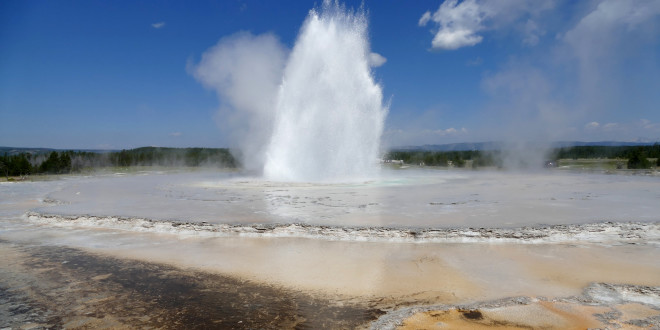
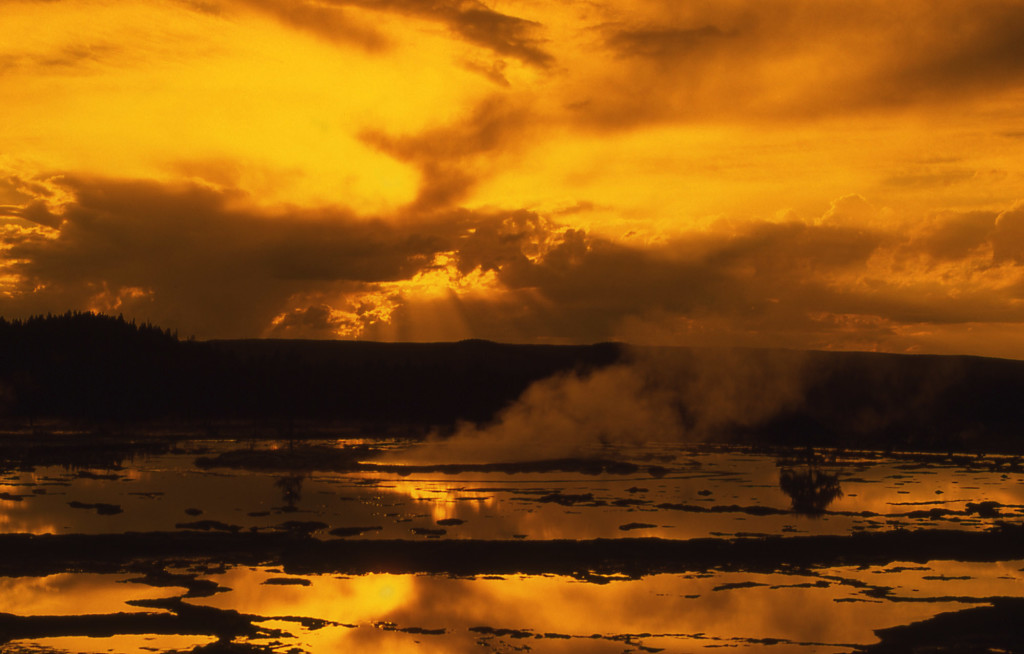
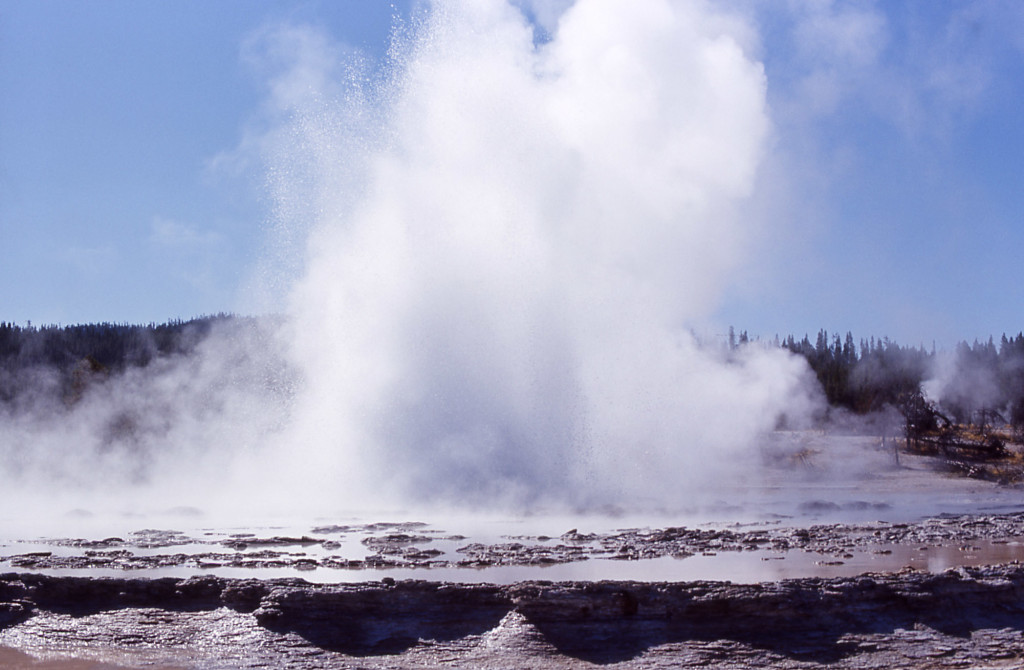
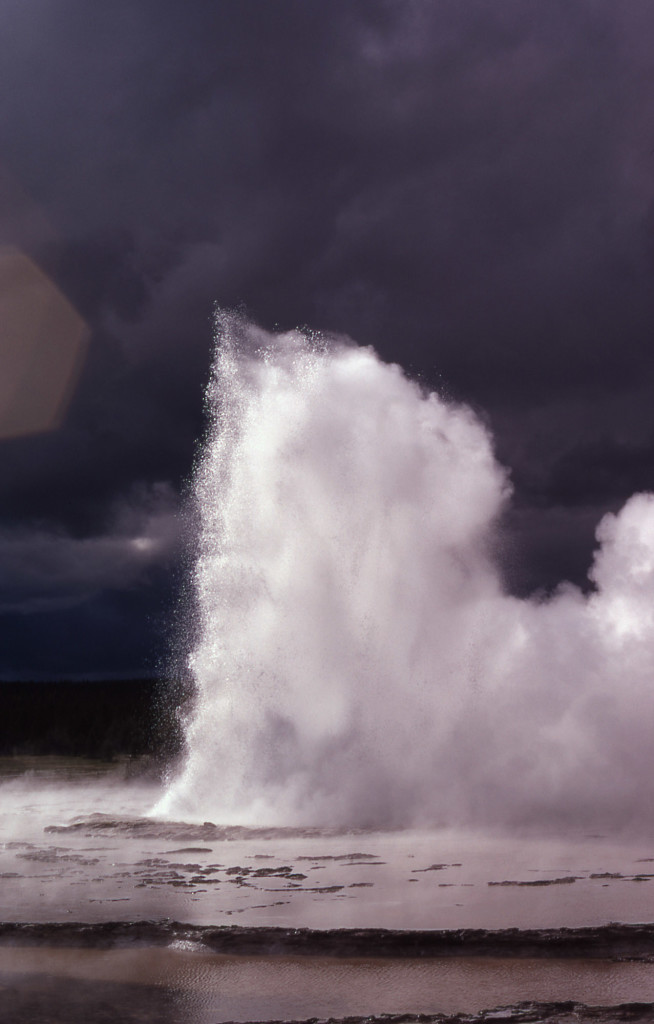
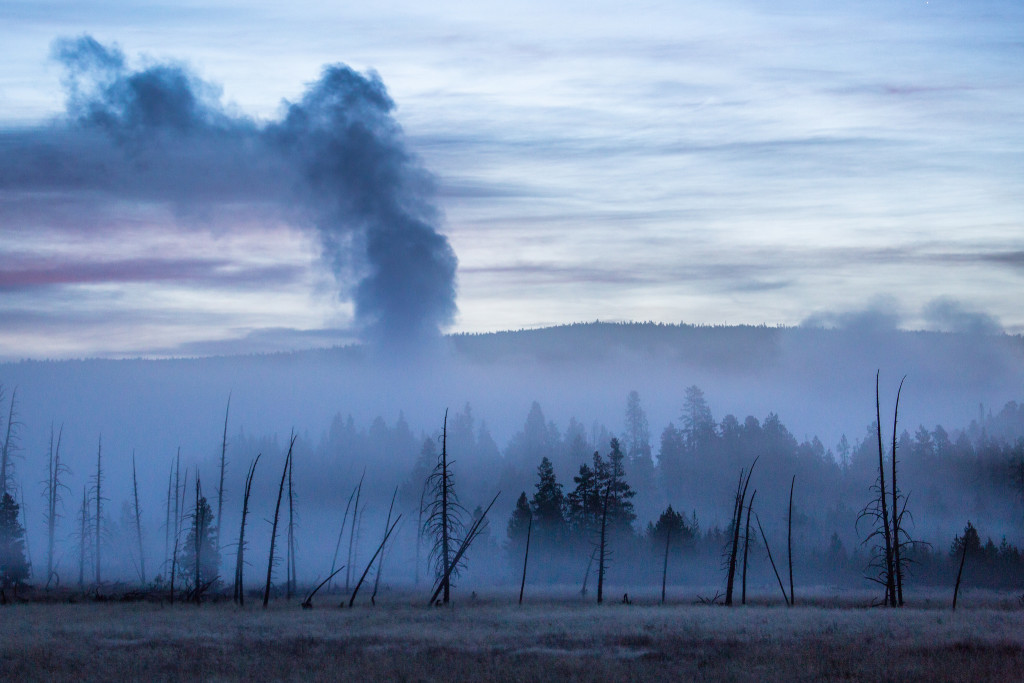

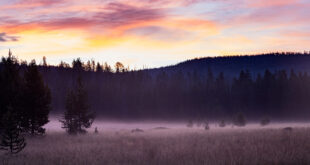
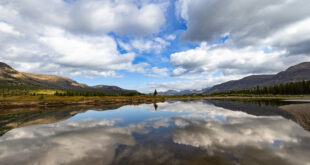
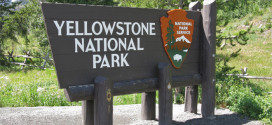
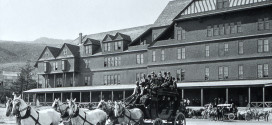
You must be logged in to post a comment.